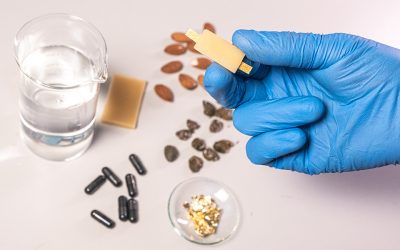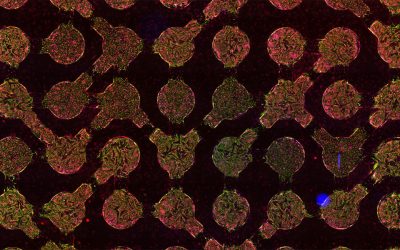The Raman signal of trace amounts of substances is enhanced when the analyte interacts with a prepared metallic substrate. The exact mechanism is still debated but it is certain that the electromagnetic field of the substrate plays a large part in the enhancement.
In a further twist, it was recently discovered that surfaces with sub-micrometer structures have “hotspots” where electromagnetic fields are localized, leading to a further enhancement in the signal. Butterfly wing scales are an excellent source of hierarchical 3-D structures. But how can we identify candidates for SERS substrates out of 175 000 species?
Professors Di Zhang and Jiajun Gu and their team have developed a method to build 3-D copper replicas of butterfly wings using a copper plating process. The structures can be successfully tuned by varying the deposition time.
The authors say that these butterfly wing substrates may be far cheaper and an order of magnitude more sensitive than SERS substrates currently available commercially. They also point out that butterflies have short life-span; wing templates could be harvested after their natural deaths.


















